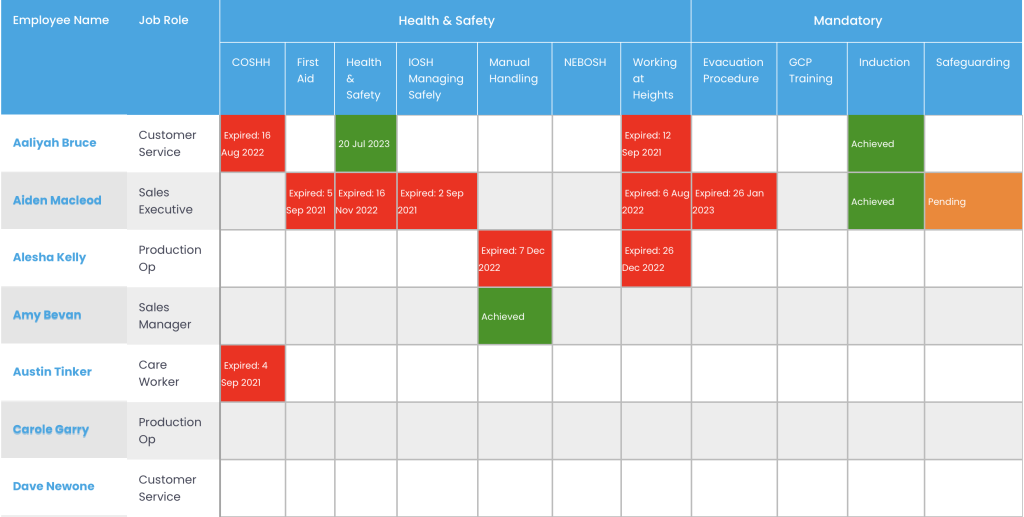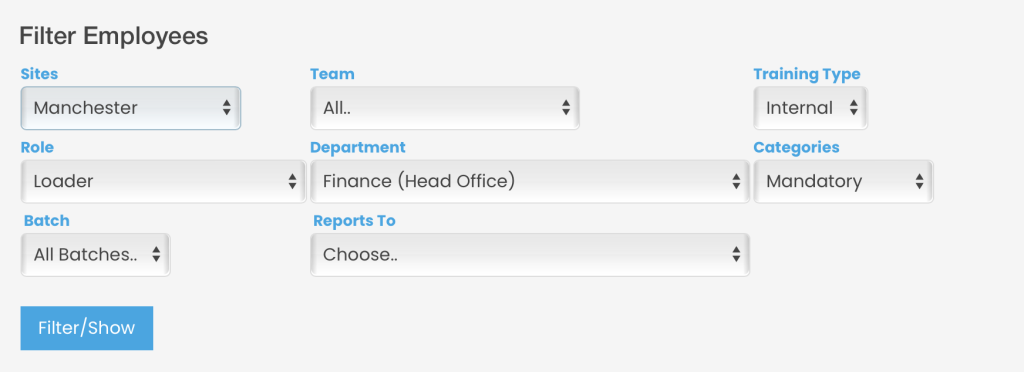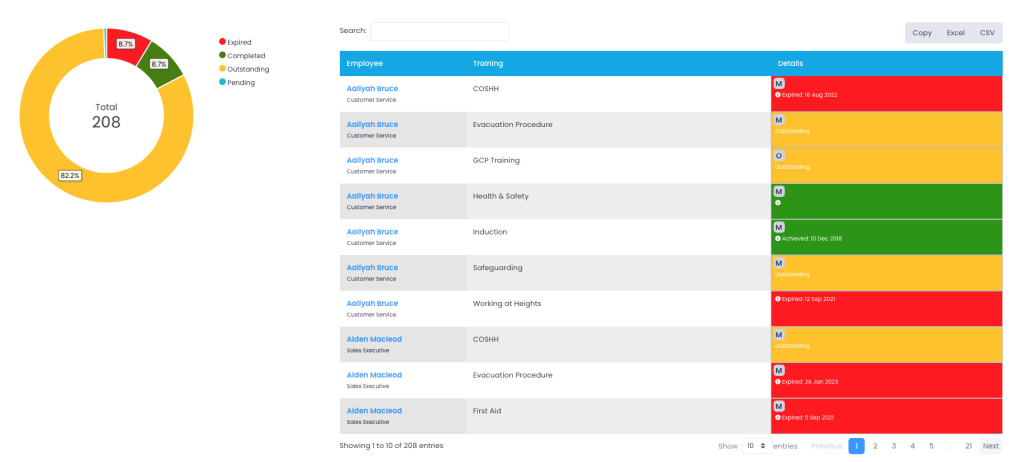Why Identifying Training Needs is Crucial for Organizational Growth
The success of an organisation lies in the skills and abilities of its employees. As businesses evolve and industries shift, keeping up with the changing landscape requires continuous learning and development. One of the most effective ways to support employees and foster professional growth is by conducting a thorough training needs assessment. This process helps identify specific areas where individuals and teams within an organisation can benefit from targeted learning opportunities.
Step-by-Step Guide to Conducting a Skills Gap Analysis
A skills gap analysis is an essential component of a comprehensive training needs assessment. This process compares the current skills of employees with the desired skill set required for their roles. Here’s how to carry out a skills gap analysis:
Define job-specific skills: Start by listing the skills and competencies required for each job role within the organisation.
Assess current skill levels: Evaluate the current skill levels of employees through performance evaluations, self-assessments, and manager feedback.
Identify gaps: Compare the desired skill set with the current skill levels to pinpoint areas that need improvement.
Prioritise training needs: Determine which skill gaps are most critical to address and align them with the organisation’s strategic goals.
Utilising Feedback for Effective Training Needs Assessment
Collecting feedback from various sources, such as managers, team members, and clients, is vital for obtaining a holistic understanding of the organisation’s training needs. This information helps in crafting training programs that are relevant, engaging, and impactful. Here are some tips for gathering feedback:
Conduct employee surveys and focus group discussions to gain insights into their learning preferences and expectations.
Encourage managers to provide regular feedback on their team members’ performance and identify areas that require further development.
Collect client feedback to understand how well employees are meeting their expectations and identify any service gaps that need addressing.
Aligning Training with Organisational Goals for Maximum Impact
To ensure that training programs deliver maximum value, it’s essential to align them with the organisation’s strategic objectives. This approach ensures that employee development efforts directly contribute to the overall success of the business. Here’s how to align training with organisational goals:
Identify the key business objectives that the organisation aims to achieve.
Determine the skills and competencies needed to support these goals.
Develop training programs that focus on building these skills and competencies.
Measure the impact of training on employee performance and the achievement of business goals.
Choosing the Right Training Methods and Tools for Success
The effectiveness of a training program largely depends on the methods and tools used. With advancements in technology, organisations have access to a wide array of training options, including instructor-led training, e-learning, and blended learning solutions. Here are some tips for selecting the most appropriate training methods and tools:
Consider the learning objectives, employee preferences, and the nature of the content when choosing a training method.
Utilise learning management systems (LMS) to streamline the delivery, tracking, and reporting of training programs.
Leverage instructional design principles to create engaging and impactful learning experiences.
The Path to Success: Prioritising Training Needs Assessment
In conclusion, uncovering hidden training needs is an essential ingredient in the recipe for organisational success. By conducting a comprehensive training needs assessment, organisations can identify the areas where targeted learning opportunities will have the greatest impact. This proactive approach to employee development enables businesses to stay ahead of the curve, fostering a culture of continuous learning and growth. So, are you ready to unlock your organisation’s full potential with a tailored training needs assessment?
Three methods for Prioritising Training Needs Assessment
Impact on Business Goals: One method to prioritize training needs is to assess the impact each training area will have on the organization’s overall business goals. Focus on the training needs that will contribute most significantly to the achievement of these objectives. This method ensures that resources are allocated to the most crucial areas that will drive business success.
Urgency and Skill Gap Severity: Another method to prioritize training needs is by considering the urgency and severity of the skill gaps identified. Training areas that have a more immediate and significant impact on job performance should be prioritized over those that are less critical or have a more long-term effect. This approach helps address the most pressing training needs, ensuring employees can perform their roles effectively and efficiently.
Cost-Benefit Analysis: Conducting a cost-benefit analysis is another method for prioritizing training needs. Compare the estimated costs of implementing each training program, including the cost of materials, trainers, and time spent, with the anticipated benefits, such as improved performance, increased productivity, or reduced errors. Prioritize the training areas that provide the most significant return on investment (ROI), ensuring that resources are used effectively to generate the best possible results.
4 Ways Evalu-8 HR can help you uncover training needs
Comprehensive training matrix
Utilize the training matrix feature in Evalu-8 HR to streamline the process of uncovering training needs, enabling businesses to effectively identify skill gaps and enhance employee performance.
From here you can see training that has expired (red), is due for renewal (amber) and has been achieved (green).

Advanced filtering
Leverage the filter feature in Evalu-8 HR’s training matrix system to pinpoint specific skill gaps and training needs by department, location and much more.

Track training and upload relevant documents
With the training entry feature you can effortlessly access a comprehensive overview of training progress and related resources, streamlining the process of uncovering and addressing employee training needs.

Generate training reports to get a better view of what is going on.
Harness the power of the reports feature in Evalu-8 HR’s training matrix system to generate data-driven insights on individuals, departments, or the entire organization.
This invaluable information enables you to proactively identify and address training needs, unlocking employees’ full potential and driving the organization towards unprecedented success.




